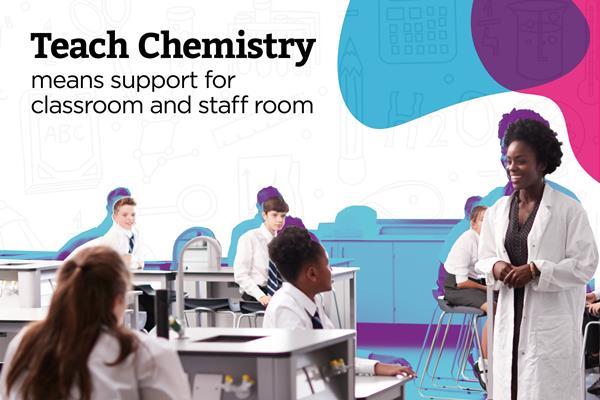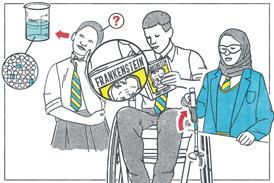Use students' drawings to understand their thinking

How to develop your recognition and interpretation skills to better evaluate learners’ chemical representations
Chemistry is full of representations, including in students’ drawings. These drawings represent chemical entities, reactions or processes and offer valuable insight into students’ conceptual understanding. The concept of noticing – how teachers recognise and interpret important aspects of student work – is underexplored in chemistry education research, particularly in relation to student-generated drawings. Read this article and the teaching tips summarising a 2024 study which explored how experienced chemistry teachers notice student-generated drawings about electrochemical reactions.
Thanks for using Education in Chemistry. You can view one Education in Chemistry article per month as a visitor.

Register for Teach Chemistry for free, unlimited access
Registration is open to all teachers and technicians at secondary schools, colleges and teacher training institutions in the UK and Ireland.
Get all this, plus much more:
- unlimited access to resources, core practical videos and Education in Chemistry articles
- teacher well-being toolkit, personal development resources and online assessments
- applications for funding to support your lessons
Already a Teach Chemistry member? Sign in now.
Not eligible for Teach Chemistry? Sign up for a personal account instead, or you can also access all our resources with Royal Society of Chemistry membership.



